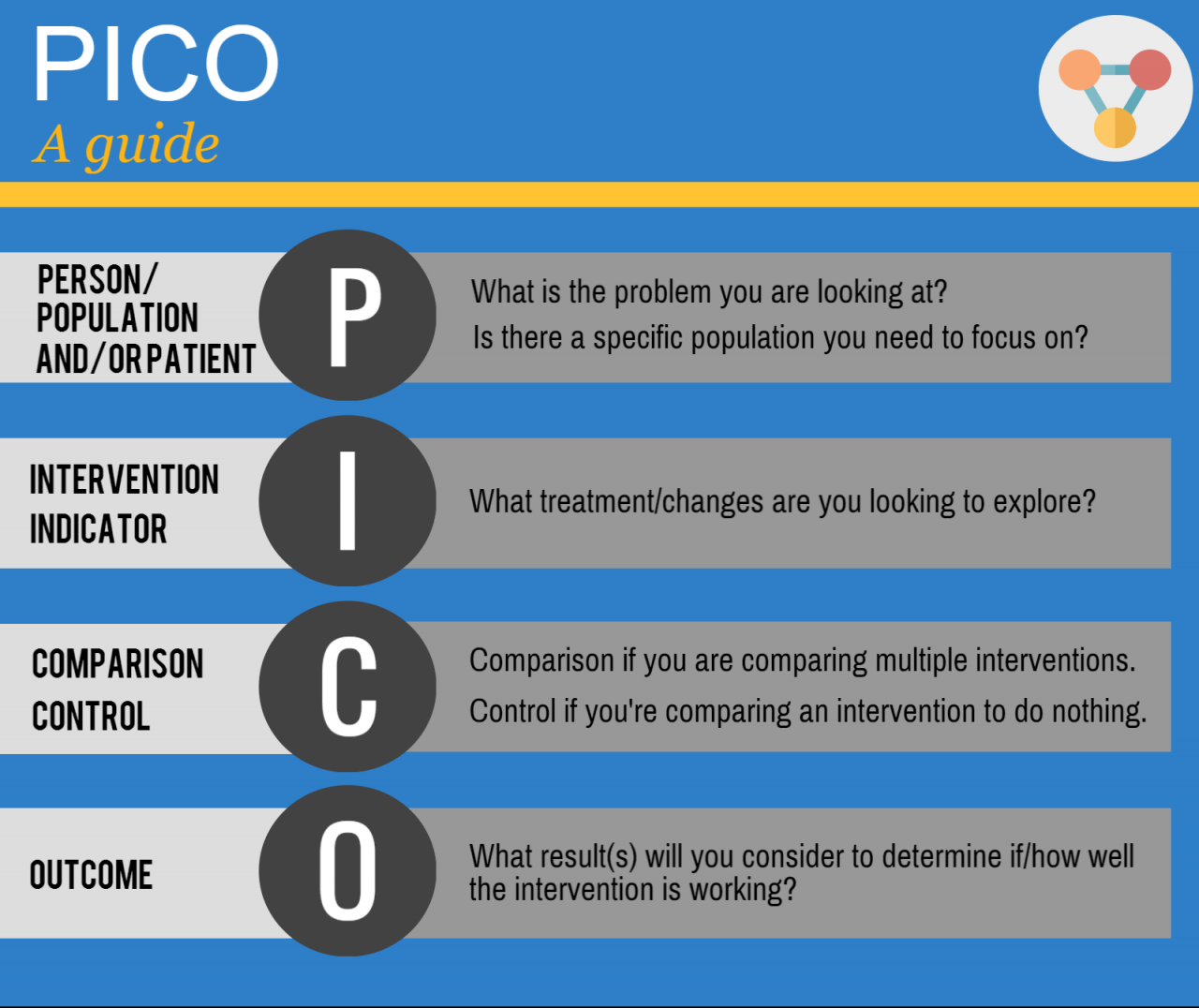
In the vast spectrum of measurement, the pico unit stands as a beacon of precision, representing quantities so small that they defy our everyday comprehension. This exploration of pico definition delves into the origin, applications, and significance of this diminutive yet indispensable term.
Derived from the Italian word “piccolo” meaning “small,” the prefix “pico” has become synonymous with the scientific notation of 10^-12, a trillionth of a unit. This minuscule scale finds widespread use in science, technology, engineering, and beyond, enabling us to quantify and understand the intricate workings of our universe.
Pico Definition
The term “pico” is derived from the Spanish word “pico”, meaning “beak” or “peak”. In scientific and technical contexts, “pico” is a prefix denoting a factor of 10^-12. It is commonly used to represent extremely small quantities or units of measurement.
Pico in Science

In scientific notation, “pico” (p) represents a factor of one trillionth (10^-12). It is used to express extremely small quantities in various scientific fields, such as physics, chemistry, and biology.
For example, the diameter of an atom is approximately 10^-10 meters, or 100 picometers. In chemistry, the concentration of a substance can be expressed in picomoles per liter (pM), where 1 pM is equivalent to 10^-12 moles per liter.
Scientific instruments like atomic force microscopes and scanning tunneling microscopes utilize “pico” units to measure and manipulate objects at the nanoscale.
Pico in Technology

In the realm of modern electronics, “pico” is commonly used to describe the size and performance of transistors and other electronic components.
For instance, a microprocessor with a feature size of 14 nanometers has transistors with gate lengths of approximately 14 picometers. Memory chips often use “pico” units to denote storage capacity, with one picofarad (pF) representing approximately 10^-12 farads.
Cutting-edge technologies, such as quantum computing and neuromorphic computing, incorporate “pico” units to describe the extremely small scales at which these systems operate.
Pico in Engineering
In engineering disciplines, “pico” is employed in the design and manufacturing of miniaturized devices and systems.
For example, in electrical engineering, “pico” units are used to specify the capacitance of capacitors and the inductance of inductors. In mechanical engineering, “pico” units may be used to describe the dimensions of microelectromechanical systems (MEMS) and nanotechnology devices.
Engineers utilize “pico” units to achieve specific goals, such as reducing the size and power consumption of electronic circuits or enhancing the precision and sensitivity of sensors.
Pico in Other Fields: Pico Definition
Beyond science, technology, and engineering, “pico” also finds applications in other fields.
- Medicine:Pico units are used to measure the concentration of drugs and other substances in biological samples.
- Finance:“Pico” is occasionally used in financial markets to represent extremely small price movements or time intervals.
- Other Industries:Pico units may be encountered in various industries, such as manufacturing, materials science, and environmental monitoring, to denote extremely small quantities or dimensions.
Ultimate Conclusion
The pico unit has revolutionized our ability to measure and manipulate the smallest of entities, paving the way for groundbreaking advancements in fields as diverse as physics, electronics, and medicine. Its continued relevance underscores the importance of precision and the enduring quest for knowledge at the frontiers of human understanding.
General Inquiries
What is the origin of the word “pico”?
The word “pico” originates from the Italian word “piccolo,” meaning “small.”
How is “pico” used in scientific notation?
“Pico” represents 10^-12, a trillionth of a unit, in scientific notation.
What are some examples of scientific instruments that utilize “pico” units?
Examples include picoammeters, picofarad capacitors, and picosecond lasers.
How is “pico” used in the design of electronic devices?
“Pico” is used to describe the size and performance of transistors and other electronic components in microprocessors and memory chips.
What are some applications of “pico” units in engineering?
Pico units are used in the design and manufacturing of miniaturized devices and systems, such as sensors, actuators, and microfluidics.